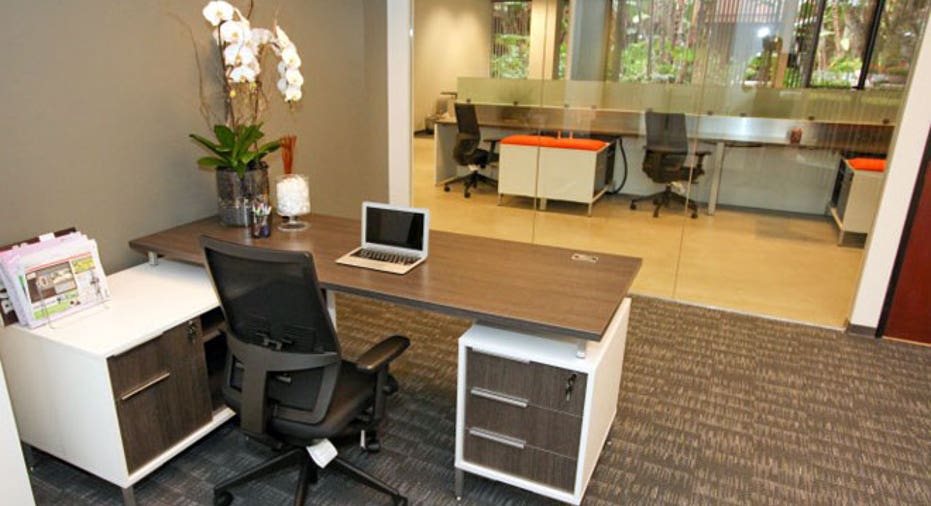Tips for Deducting the Home Office

The home office deduction seems pretty straight forward, but like most parts of the tax code, there are nuances and eligibility requirements that can make claiming the deductions difficult.
Last week, a client explained that he has a home office but he doesn’t have a specific place set up in his apartment for his business. He lives in a two-bedroom apartment with a roommate who inhabits the second bedroom. He works at the business sometimes on the dining room table, oftentimes on the couch in the living room and in bed late at night. He stores inventory in the laundry room. “So how do I determine the deduction?” he wondered.
If a by-the-book IRS auditor were to tour his “home office,” he’d disallow the deduction because the space used for a home office cannot be multi-purpose. You can’t clear the dishes off the dining room table and sling your laptop to the surface for work time and count that space.
Your bed is obviously used for personal purposes and it would be difficult (with a straight face) to claim the living room couch that’s directly across from the TV is used ‘exclusively and on a regular basis for business,’ which is the IRS requirement for taking the expense.
However, the area in the laundry room, is a shoo-in for a deduction even if it’s multi-use.
Doesn’t seem fair that he doesn’t have much of a write off, does it? My bet is that many auditors would be sympathetic and allow a reasonable deduction. But you can’t count on that. My best advice is to create a nook somewhere with a desk, files, computer and printer and measure that out to claim the deduction. You can still drag your laptop to the bed or over to the couch, but having a defined area is a requirement.
An auditor will not take your word as documentation to support your home office deduction. In the past it did, nut nowadays, the agency wants a tour and you can expect the person to bring along a measuring tape to ensure the accuracy of your measurements and of the percentage of expenses you claim.
To eliminate tracking each and every expense associated with your home office, the IRS has come up with a solution. You may use the optional method of deducting $5 per square foot for home offices up to 300 square feet with a cap of $1,500. Depending on your circumstances, this normally shakes out to a lowball figure.
Usually it’s better to track expenses since the result is typically a higher deduction. And since this is a new option, it remains to be seen if using this method will keep the auditors out of your house. Who knows, in future audits, using this option may allow you to get away with showing pictures of your office to verify the office. Maybe a video showing the area being measured to confirm the percentage of business use will be acceptable proof.
If your legal form is corporate, the corporation may lease the home office from the owner.
Allowing a reasonable rent, the corporation takes the expense but the owner must show the income on Schedule E of the tax return. If it’s a Sub S corporation, no deductions are allowed against the rental income. Again this is unfair--but there’s a way around it. Let the corporation reimburse the owner for its fair share of the utility bills, property taxes, housekeeper, repairs, and any other reasonable expenses incurred for the maintenance of the home office. The corporation may deduct these expenses because they are reimbursements they are not income to the owner.
If you are a renter rather than a homeowner and your legal form is corporate, figure out your percentage of home office use, then write a separate check for that portion of the rent from the business account directly to the landlord. Pay your share for personal use from personal funds.
For example, your home is 2000 square feet, your home office is 500 square feet and the rent is $2000 per month. Home office use is 25%. Therefore, you would write a check from the business account for $500 and classify it as rent expense. Then from personal funds you would write a check for the remainder, $1,500.



















